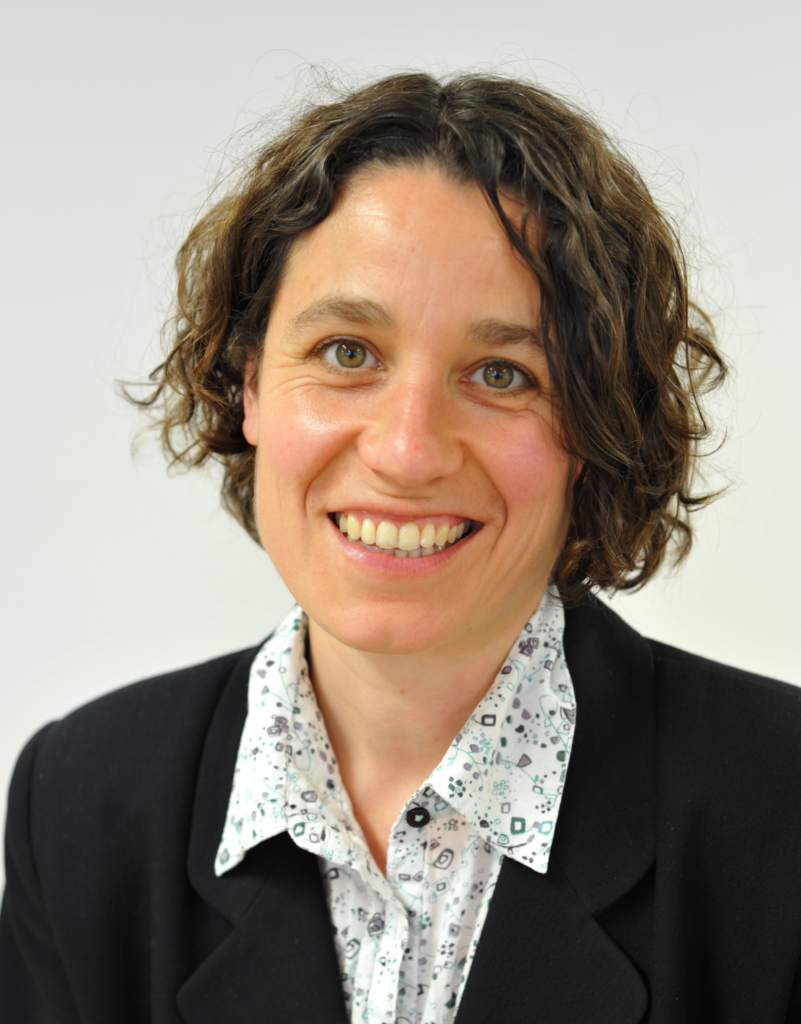
Full Name: Madeleine Bardsley
Job Title: Associate Director
Company: Wood Group
I have spent 20 years in geoenvironmental consultancy. My first taste of site work was as a sponsored student with Taylor Woodrow. After graduating I joined Dames & Moore and worked on ground investigations and remediation schemes. To get through ICE Chartership, I moved to Mott MacDonald and worked on a mixture of geotechnical and geoenvironmental projects. In 2002, I decided to focus on land quality projects and joined Enviros’ London team led by Hugh Mallett, whose enthusiasm and knowledge created a perfect environment for learning. After 13 years, I moved to Wood and now work with a great group of people in the Remediation and Ground Engineering Team.
What or who inspired you to join the geotechnical industry?
At school I loved maths and physics and wanted a career where there was a practical application for your efforts, which led me to civil engineering. During my degree at UCL, the subject that interested me most was soil mechanics and my lecturer – Dr Richard Bassett – suggested I continue studies by doing a PhD. I moved universities to Cambridge and studied under Dr Chrysanthi Savvidou looking at a remediation technique using electricity called electrokinetics. Both lecturers inspired me and passed on their enthusiasm for their subject and confidence in my ability.
What does a typical day entail?
One of the joys of our industry is the variety of clients, project scopes and types of sites that we come across. I’ve been lucky to work on a diverse range of sites including: defence, fuel depots, waste plants, gasworks and housing developments. Every project is different and there is usually a challenge to keep you interested.
I know it’s a cliché but there really is no ‘typical’ day – I might be reviewing a report, meeting a client, visiting a site, working on initiatives to improve health and safety in our projects, carrying out a principal designer review of a project, organising a team meeting or holding a colleague’s personal development review. I love the variety.
Are there any projects which you’re particularly proud to have been a part of?
The projects I am most proud of are the ones that I have seen through from contaminated ground to completion of the remediation – bringing land back into use. One project for Brent Council springs to mind, where we investigated and remediated the gardens within a residential part of the borough having successfully applied for funding under Part 2A. I was Project Director and the client was knowledgeable, decisive and easy to work with.
It’s not a project but I enjoyed being part of the AGS steering group that revised the UK Specification for Ground Investigation (known as the ‘Yellow Book’). I learned a lot from the other members of the Steering Group and am proud of the revised document.
What are the most challenging aspects of your role?
I would say juggling all the demands of the different parts of my role. I manage a team across three offices, lead on health and safety for Wood’s national team including carrying out Principal Designer reviews, and provide technical direction for several projects.
This year has been a huge challenge and, as most of the team are working from home, it has been difficult keeping people connected and finding the time between numerous Teams calls to stay in touch with colleagues.
What AGS Working Group(s) are you a Member of and what are your current focuses?
I have been a member of the AGS Health and Safety Working Group for over 15 years. I’ve recently updated the AGS publication on ‘dealing with contamination during an intrusive investigation’ and now I am looking at health issues associated with using vacuum excavation in soils with asbestos where the asbestos is not visible. I’m also part of the recently formed sub-group on trial pitting safety which is looking at the aspects of working at height and emergency planning for trial pitting.
What do you enjoy most about being an AGS Member?
Being part of the Health and Safety Working Group provides a valuable opportunity to raise issues that you are grappling with and work collaboratively with knowledgeable people from across the industry. The discussion is frank and informed with the aim of coming to a consensus and writing guidance to share.
What do you find beneficial about being an AGS Member?
AGS provides access to a welcoming forum where issues can be raised and discussed with the collective aim of improving the industry. I also find the publications cover a range of issues and are useful resource – particularly the loss prevention alerts and guidance.
Why do you feel the AGS is important to the industry?
The AGS aims to improve many aspects of the industry through guidance and working group initiatives. Best practice is developed and shared throughout the industry. As a trade association it’s able to cover a wider membership than professional institutions and so is more representative of our industry.
What changes would you like to see implemented in the geotechnical industry?
I’m always disappointed when an interview candidate tells me that they do not know what the Construction Design and Management Regulations are and how they apply to ground investigation. I would like to see a better understanding and the consistent implementation of the Regs across the industry. There are significant benefits to health and safety in the field if there is consideration of health and safety and rigorous planning at the design stage.